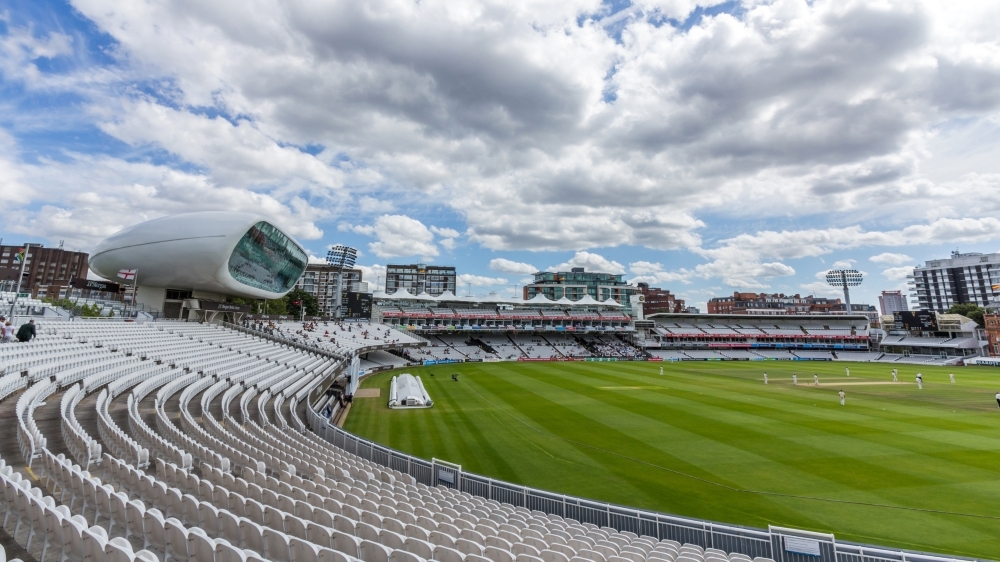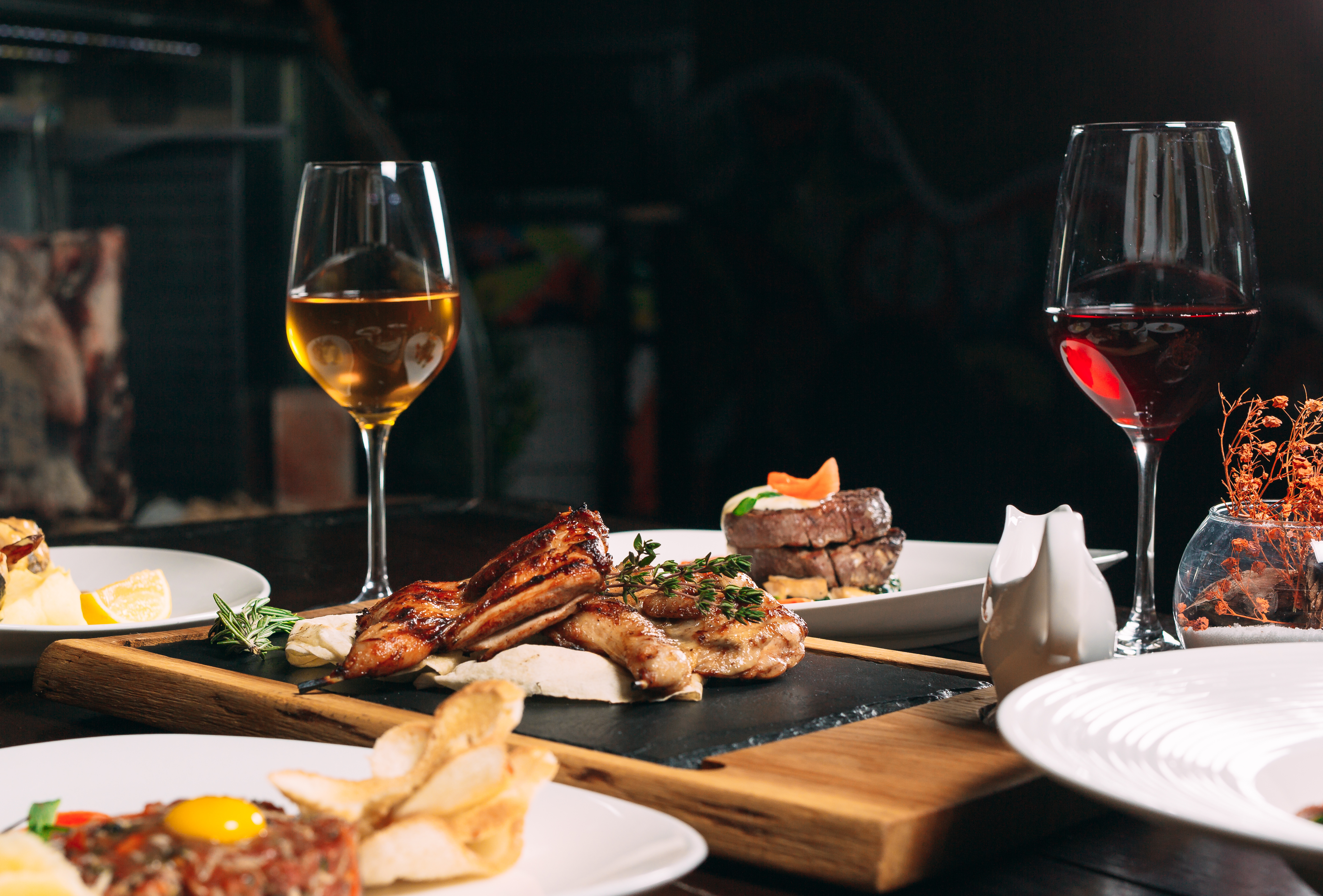The Frieze Art Fairs – London’s Landmark Art Event
Frieze London was first held in 2003 within a specially commissioned structure in Regent’s Park, marking a turning point in the public’s engagement with contemporary art. Founded by Amanda Sharp and Matthew Slotover, who had previously launched Frieze magazine in 1991, the fair was envisioned as a space where collectors, artists, curators and the wider public could interact directly with the most important art being made today. The result was an immediate success and has gone on to become an annual event that broke free from the formality of traditional gallery shows and auction previews, capturing the urgency and energy of the global art market in one immersive environment.
After almost a decade, in 2012, the founders expanded their London footprint with the launch of Frieze Masters, a sister fair focused on historical and modern works made before the year 2000. Together, the two events have redefined how art from all eras could be exhibited as part of a continuous narrative of cultural expression. Every October, both festivals return to neighbouring sites in Regent’s Park, transforming this corner of the city into one of the most influential art destinations in the world.
.jpg?width=1000&height=667&name=unnamed%20(95).jpg)
Contemporary Art at the Centre of the City
Frieze London remains tightly focused on living artists, with a sharp eye that curates a line-up of both headline-catching names and emerging talents. The fair attracts over 160 international galleries each year, ranging from powerhouse spaces like Gagosian, Hauser & Wirth and David Zwirner to younger, conceptually daring collections selected for the fair’s “Focus” section. These newer exhibitors are primarily artists in the early stages of their careers, delivering the most surprising and provocative work showcased at the fair. Gallery installations, moving image pieces and hybrids of various media continue to challenge conventional art displays and further push the envelope at the fair every year.
The balance struck between commercial and critical art fairs has led to Frieze being exported to the likes of New York, Seoul and Los Angeles, more than justifying its $200 million acquisition by Endeavour holdings. Within the Frieze London tent, white booths curve along soft-carpeted corridors, temporary cafés and wine bars are erected by a smattering of London’s finest restaurants, whilst art handlers quietly shuttle sculptures and canvases through back corridors as collectors mull over their acquisitions. Beyond the commercial booths, curated projects and live performances bring layers of engagement that ensure the fair remains more than just a marketplace.
A Timeless Curation
Just across the park, Frieze Masters provides a more hushed, contemplative experience that’s more akin to a traditional art fair, with the emphasis placed on timeless pieces and their creators that continue to attract interest. With darkened booths and gallery-style lighting, the focus shifts to works created pre-millennium, spanning antiquities, Old Master paintings, rare books, tribal art, and major pieces from the modern canon. The fair is carefully segmented by period and discipline, with exhibitors such as Colnaghi, Richard Nagy and Galerie Gmurzynska presenting works of extraordinary provenance that draw significant crowds year after year.
A standout feature of Frieze Masters is the Spotlight section, curated to highlight overlooked figures from the twentieth century. These solo presentations often “reintroduce” artists whose relevance and influence are only now being fully recognised, particularly women, artists of colour, and those working outside traditional Western centres. For collectors, it offers the unique chance to place a newly commissioned piece in direct dialogue with a piece from as far back as 400 BCE, whilst at the same time, challenging the views of the wider art world by questioning the oversight attached to certain artists and their works.
In Focus
The “Focus” section within Frieze London is reserved for galleries under twelve years old, with a distinct brief that caters to fresh perspectives and emerging styles. It has become a crucial launchpad for new talent, both for galleries and artists, many of whom are picked up by major institutions or larger galleries following strong showings at Frieze. These booths are typically among the most closely watched by critics and institutional buyers, eager to identify the next showstopping piece or prize acquisition.
In addition, Frieze London is known for its “Frieze Projects” initiative, a selection of ambitious, site-responsive installations and performances, commissioned for the fair. These works often explore ideas of space, interaction and temporality, blurring the boundary between artwork and experience, and are a popular draw to the fair. Projects may range from subtle architectural interventions to performances that unfold in real time across the aisles and rope onlookers in as willing participants, turning the Frieze itself into a living art exhibition.
A Week Full of Frieze
Frieze’s decision to host its London editions in Regent’s Park was both a logistical and symbolic choice. Centrally located, but sufficiently removed from the bustle of Central London, the team behind Frieze has created an event which escapes the cluster of the city centre without leaving it entirely. Simultaneously, the city’s galleries, auction houses and institutions launch major exhibitions to coincide with Frieze Week. Sotheby’s hosts contemporary and post-war auctions, as well as guided experiences for collectors, whilst Mayfair-based galleries and venues such as the Serpentine, Tate Modern, and ICA mount special programming to capture the attention of new arrivals in town.
The resulting city-wide celebration of art elevates Frieze London to more than just an art fair. It is a barometer for the art market, a trend-setting platform and a cultural lightning rod that’s irresistible for collectors, providing direct access to the world’s most influential galleries and living artists. For museums and institutions, it’s an opportunity to scout for acquisitions, loans and new voices, whilst critics and writers can come away with months' worth of work notes to pour over and publish post-fair.
A successful showing at Frieze London can easily make any artist, while a poor one can prompt serious reconsideration by both galleries and patrons. Yet the fair is about far more than pricing. With its combination of live experience, reverence and reinvigoration for pieces from the past, and eye-catching roster of talent, Frieze London continues to aid in the shaping and reflection of the contemporary art world in both the UK and the wider world.



